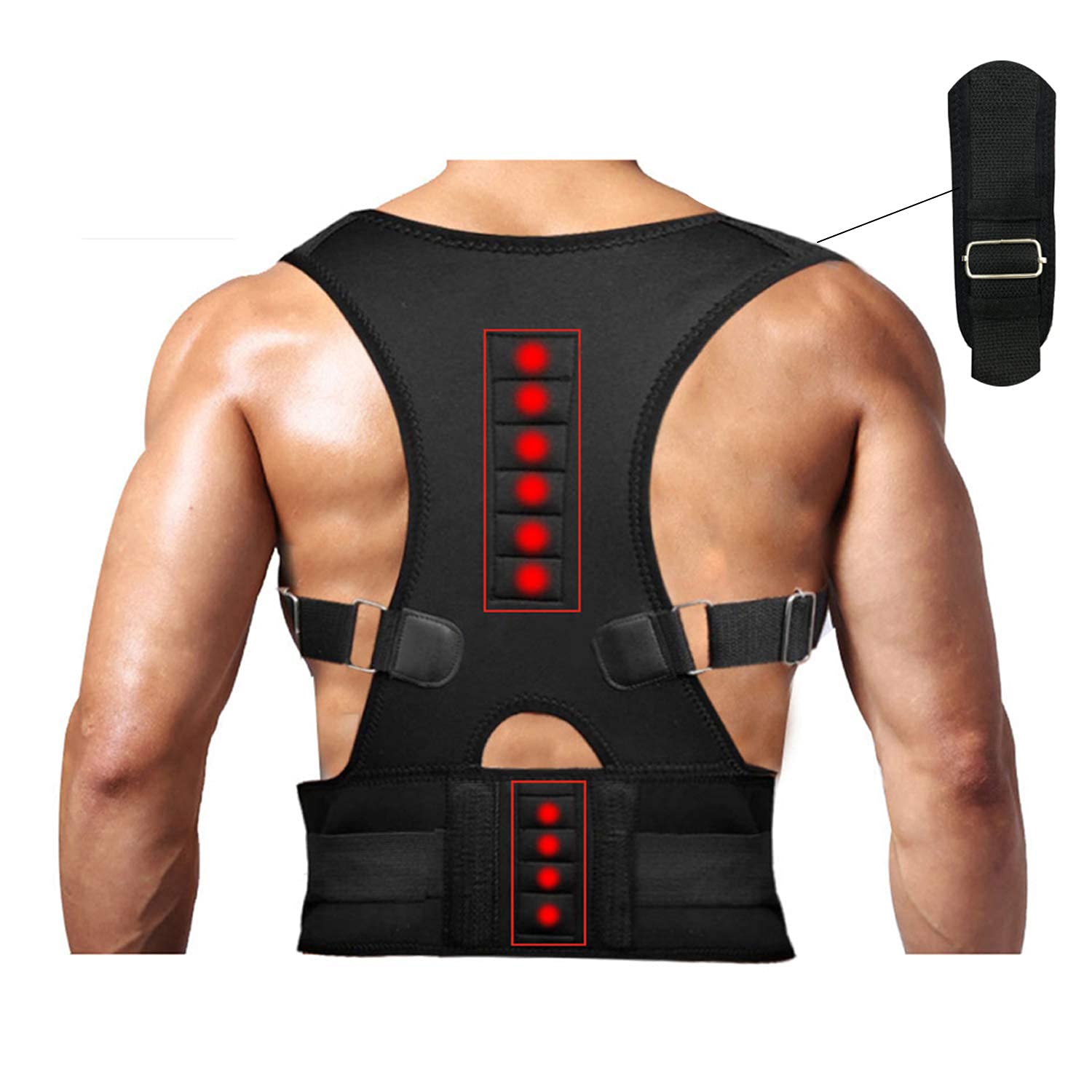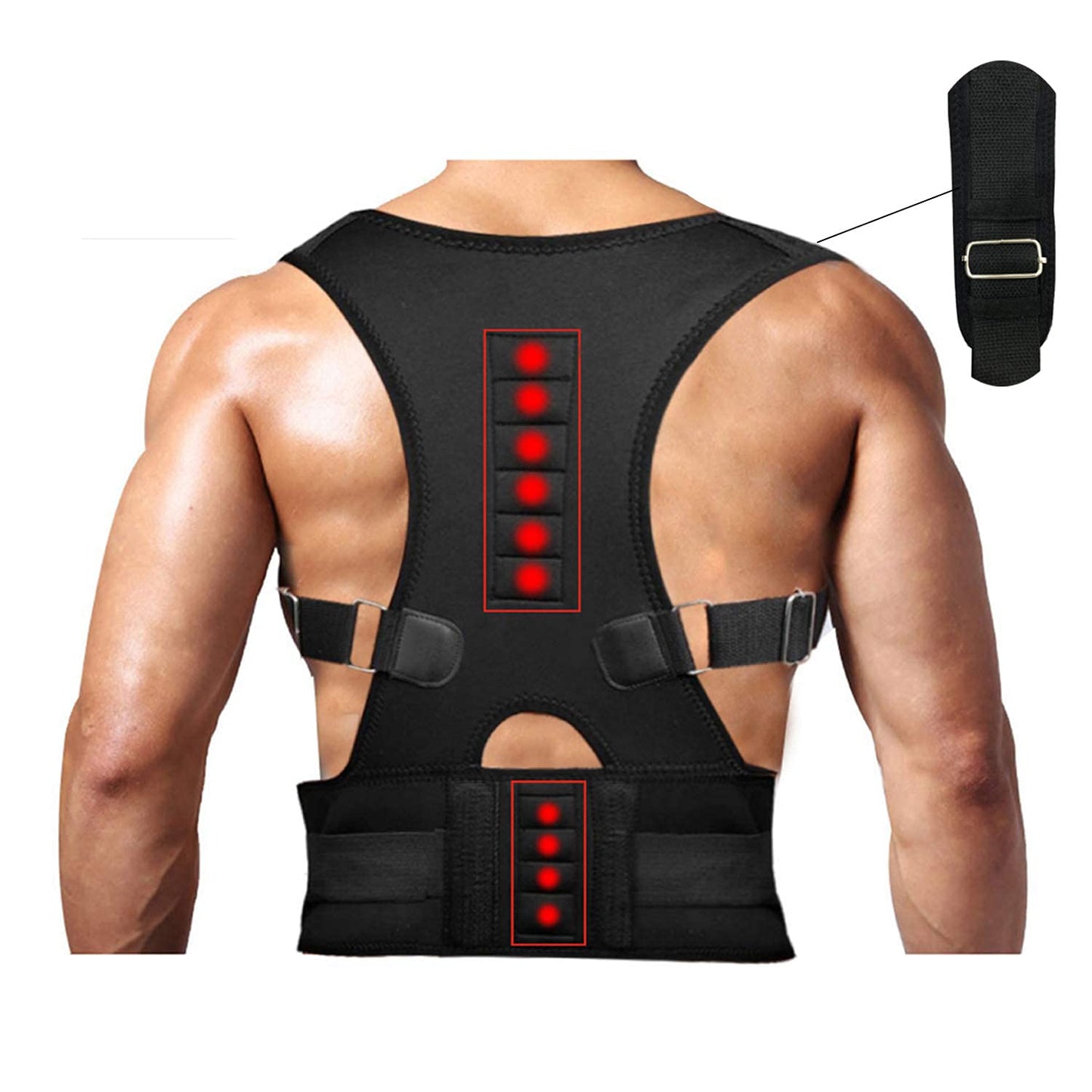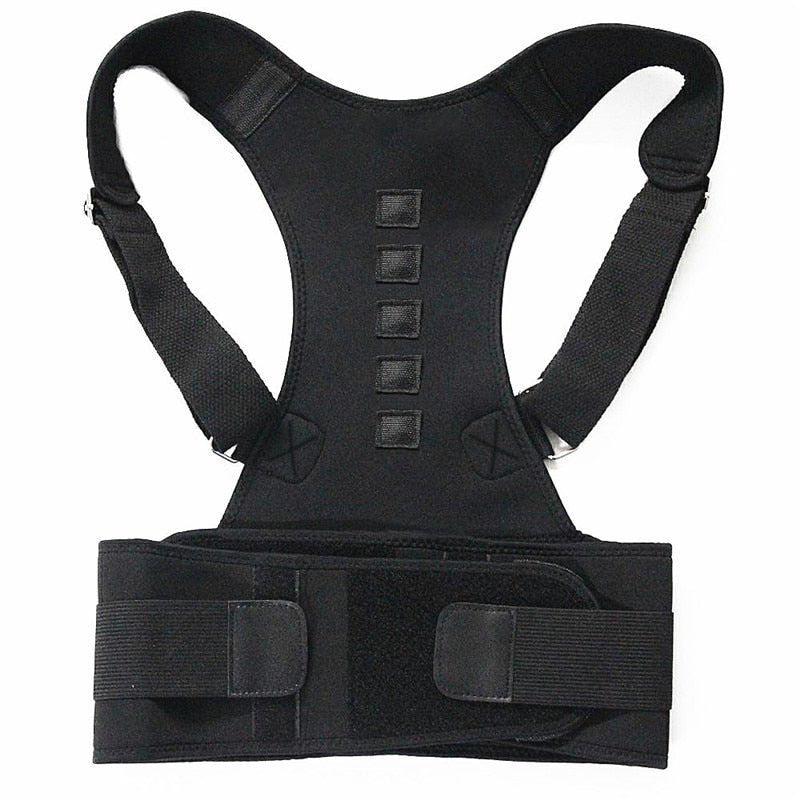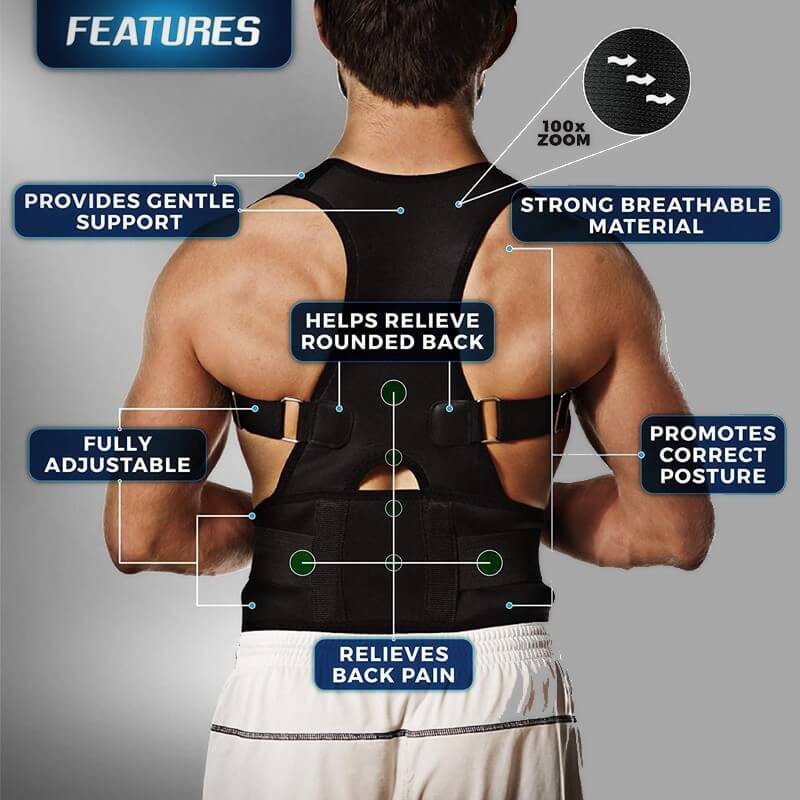An ergonomic office setup is essential for maintaining proper posture and preventing back pain. This guide will help you create a workspace that supports your spinal health and enhances your productivity.
Importance of Ergonomics
Ergonomics focuses on designing a workspace that fits your body and minimizes strain on muscles and joints. An ergonomic office setup can:
- Reduce the risk of musculoskeletal disorders
- Improve comfort and productivity
- Prevent chronic back and neck pain
Key Elements of an Ergonomic Office Setup
An ergonomic chair provides proper support and encourages good posture.
- Features to Look For:
- Adjustable seat height and depth
- Lumbar support to maintain the natural curve of your spine
- Adjustable armrests to support your arms comfortably
- Proper Use:
- Adjust the chair height so your feet are flat on the floor and your knees are at a 90-degree angle.
- Sit back in the chair with your back fully supported.
2. Desk Height and Layout
A properly adjusted desk helps maintain good posture and reduce strain.
- Desk Height:
- Ensure your desk is at the correct height so your elbows are at a 90-degree angle when typing.
- Layout:
- Keep frequently used items within easy reach to avoid excessive reaching or twisting.
- Use a document holder to position papers at eye level.

3. Monitor Placement
Proper monitor placement can prevent neck strain and eye fatigue.
- Monitor Height:
- Position your monitor at eye level so the top of the screen is at or just below eye level.
- Use a monitor stand or adjustable arm if necessary.
- Distance:
- Place the monitor about an arm’s length away from your eyes.
4. Keyboard and Mouse
An ergonomic keyboard and mouse setup can reduce strain on your wrists and hands.
- Keyboard:
- Position the keyboard so your wrists are straight and your elbows are at a 90-degree angle.
- Use a keyboard tray if needed to achieve the correct height.
- Mouse:
- Place the mouse close to the keyboard to avoid excessive reaching.
- Use an ergonomic mouse that fits comfortably in your hand.
Additional Tips for an Ergonomic Office Setup
1. Footrest
A footrest can help maintain proper posture and reduce strain on your legs and lower back.
- Use a Footrest:
- If your feet do not rest flat on the floor, use a footrest to support your feet.
- Adjust the footrest height to keep your knees at a 90-degree angle.
2. Breaks and Movement
Taking regular breaks and moving throughout the day is crucial for preventing stiffness and strain.
- Break Tips:
- Take a short break every 30-60 minutes to stand up, stretch, and move.
- Incorporate mini-exercises, such as shoulder rolls and neck stretches, into your breaks.

3. Lighting
Proper lighting can prevent eye strain and improve comfort.
- Lighting Tips:
- Use natural light when possible, and position your desk to avoid glare on your screen.
- Use adjustable desk lamps to provide adequate task lighting.
Benefits of an Ergonomic Office Setup
- Reduced Pain and Discomfort:
- An ergonomic setup minimizes strain on muscles and joints, reducing pain and discomfort.
- Improved Productivity:
- A comfortable and well-designed workspace enhances focus and productivity.
- Enhanced Well-Being:
- Proper ergonomics support overall health and well-being, preventing chronic issues.
By creating an ergonomic office setup, you can support your spinal health, reduce pain, and enhance your productivity and overall well-being.
















